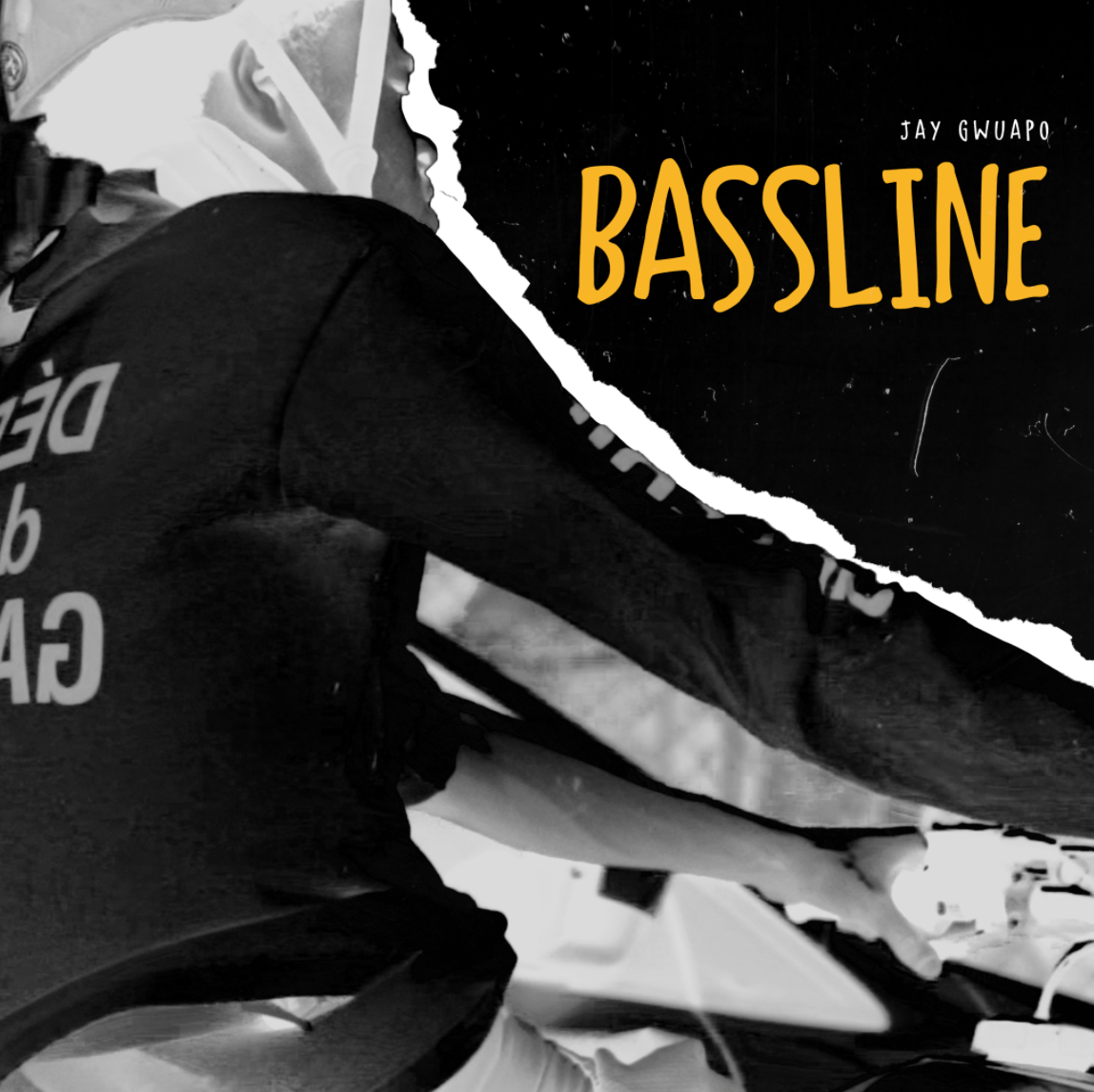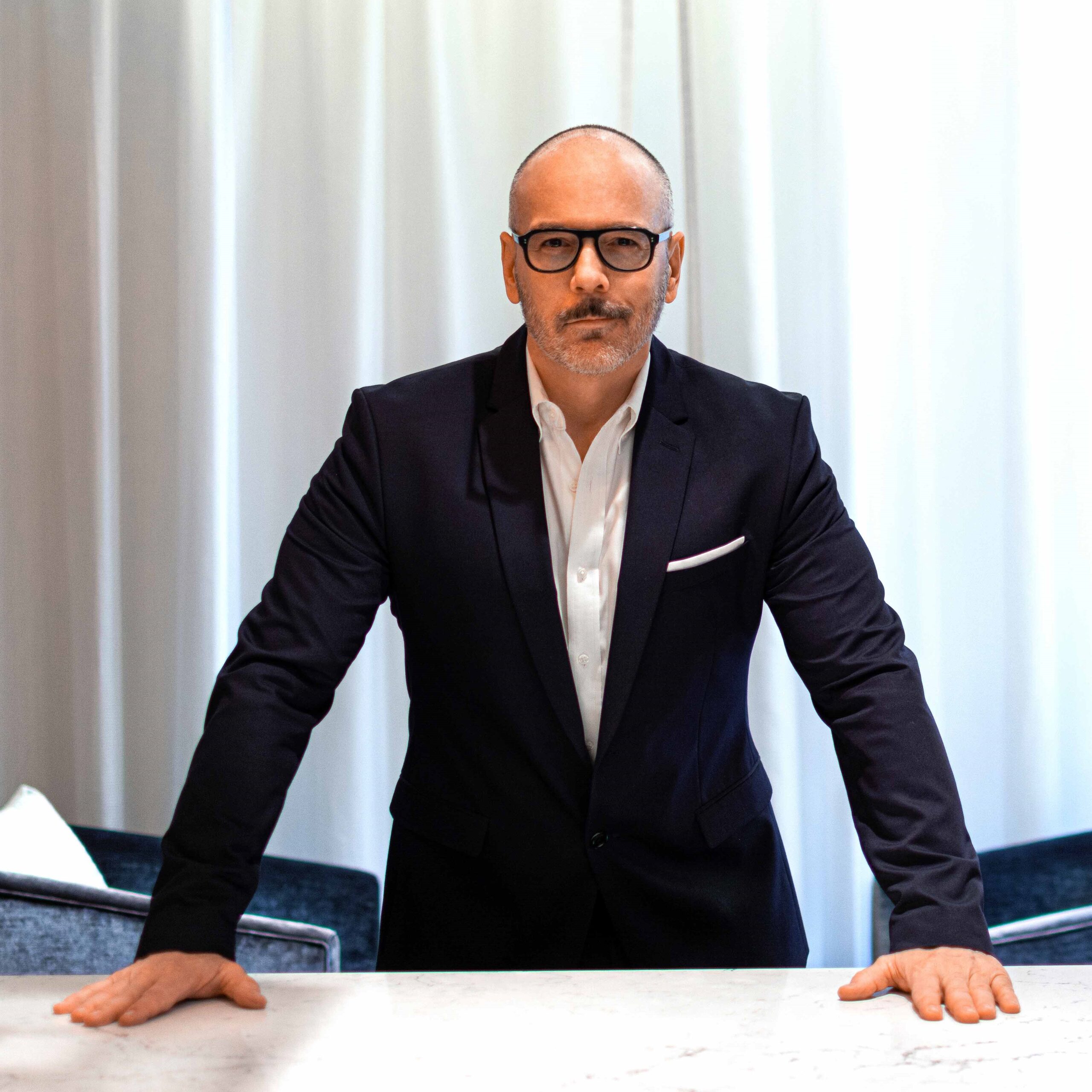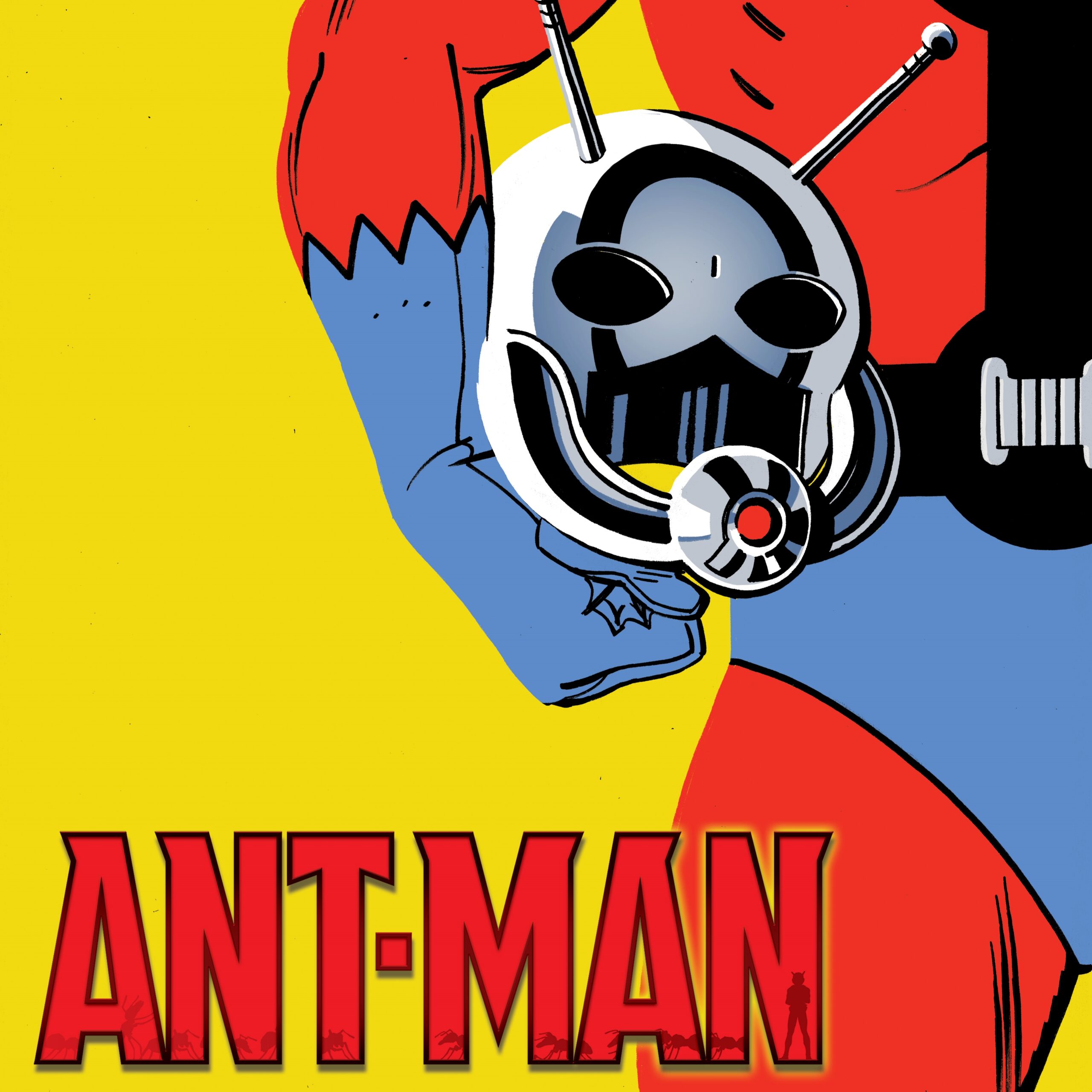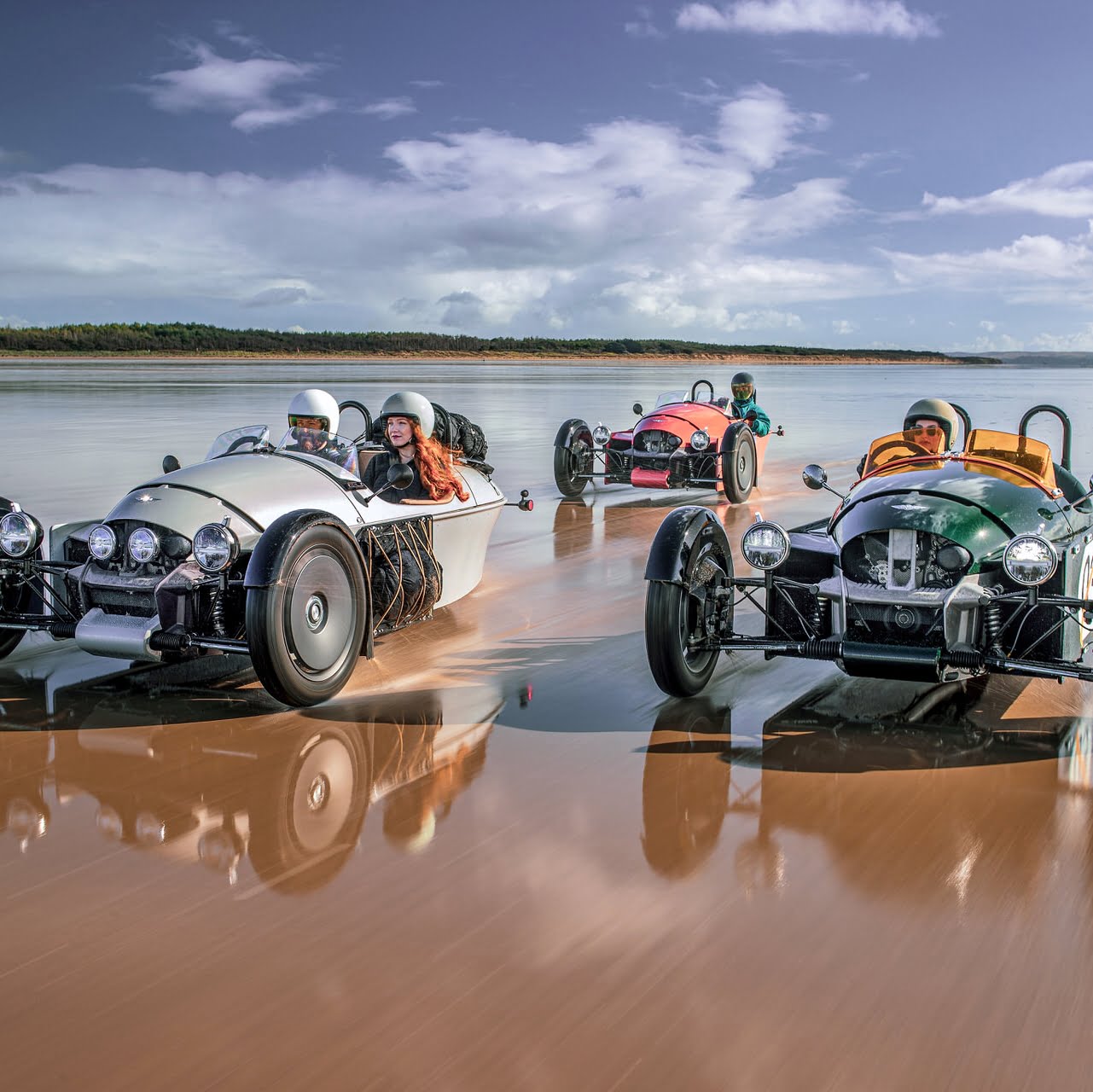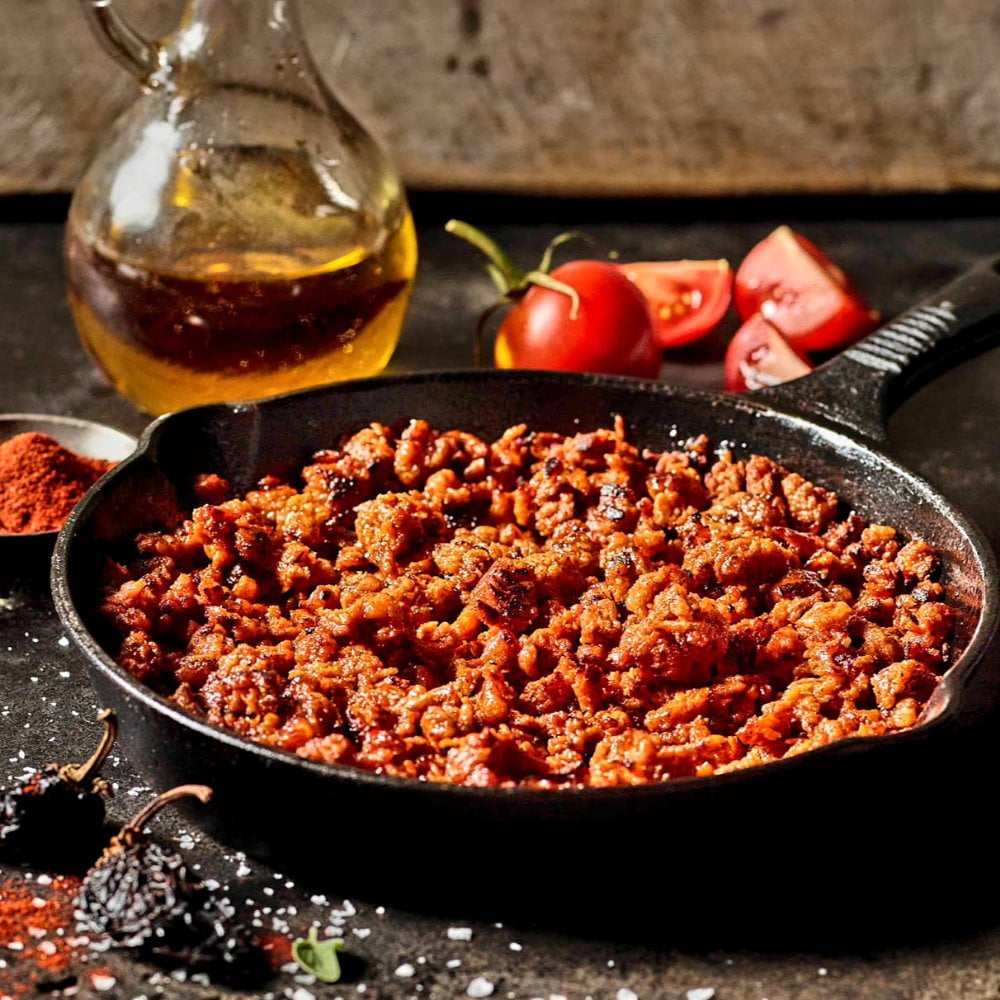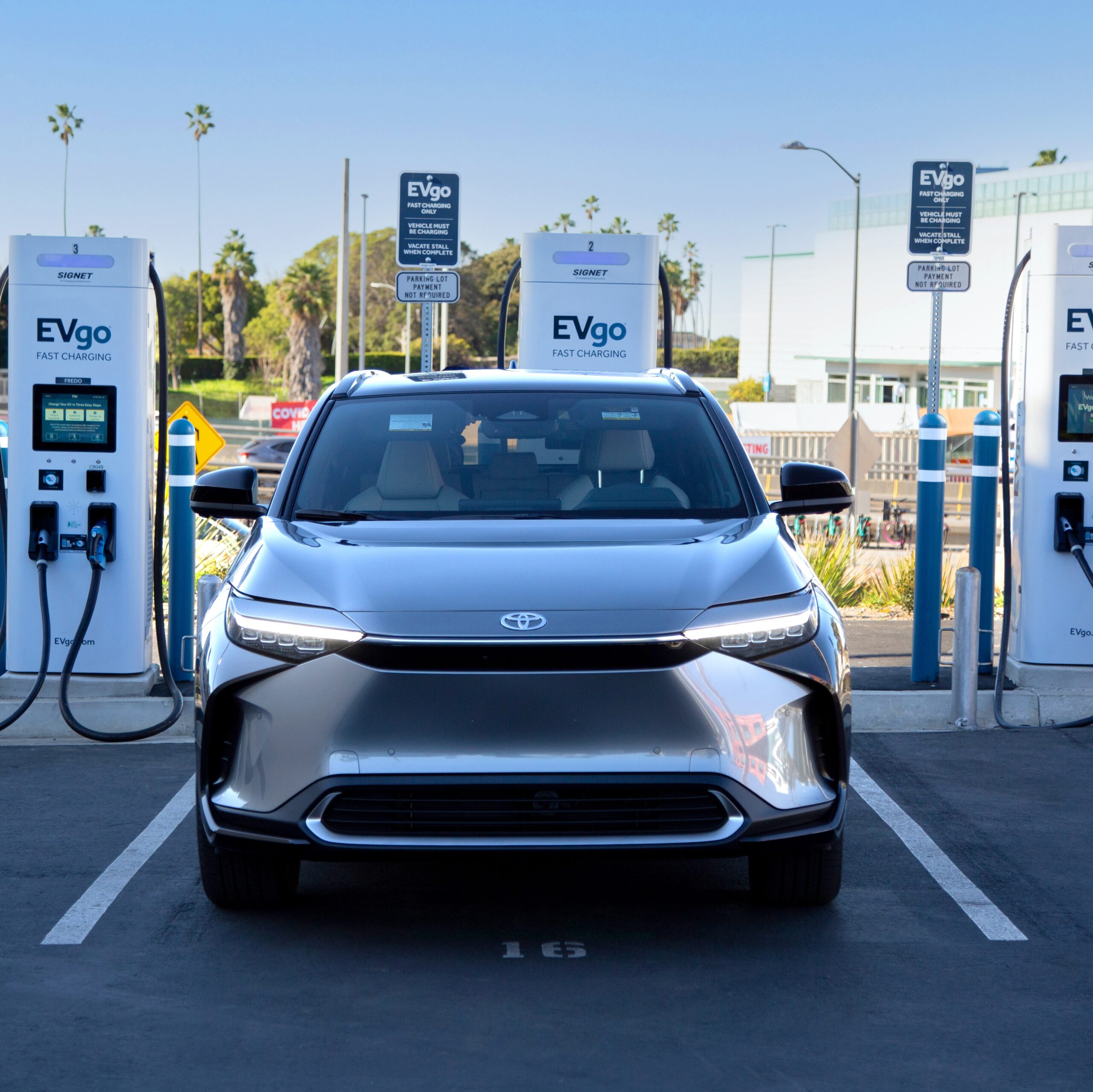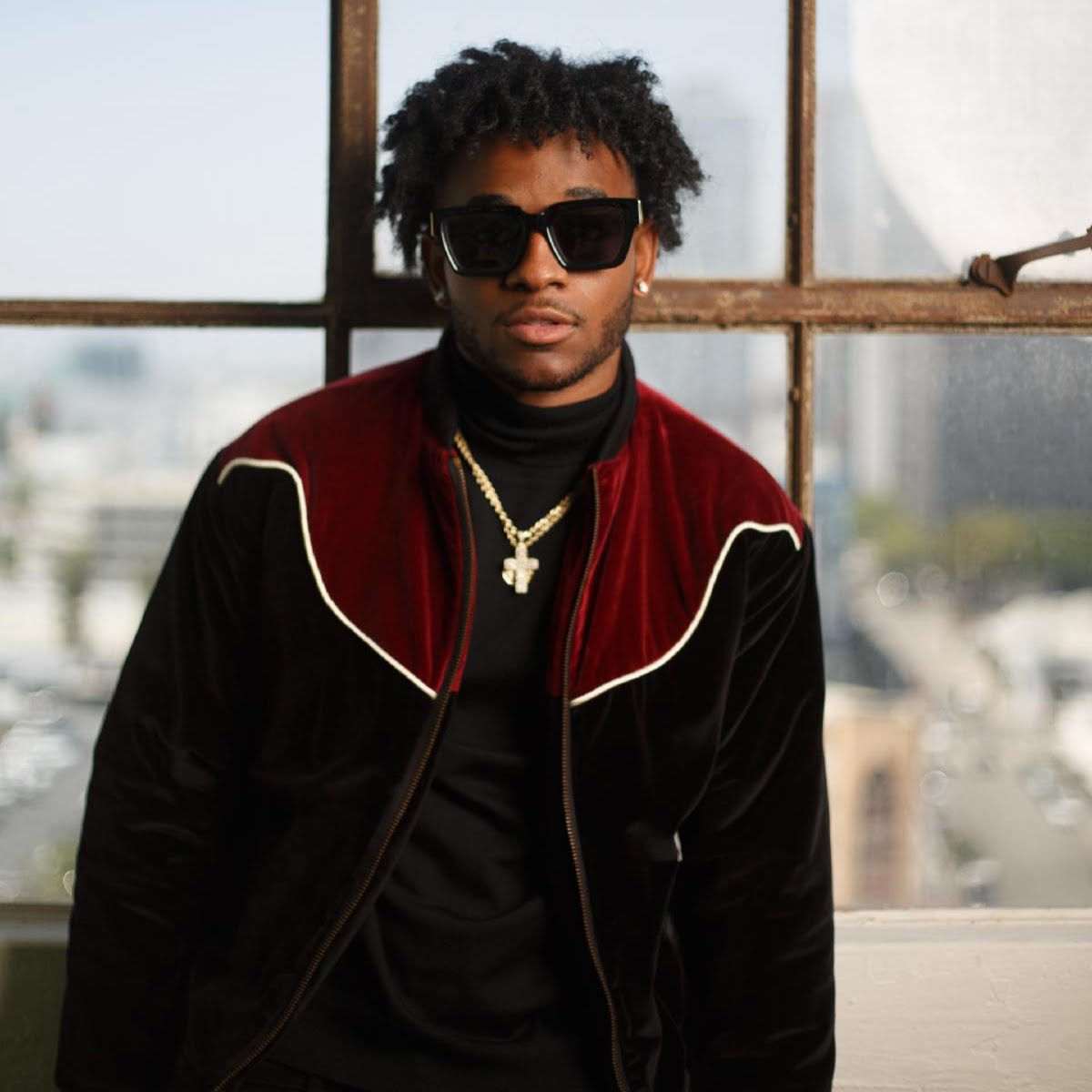The Morgan Motor Company unveiled Super 3, one of the most intriguing and distinctive vehicles the company has ever built. Super 3 has been designed from the ground up to offer new levels of character, thrill and adventure, principles that have defined Morgan’s three-wheeled product since the company was founded 113 years ago.
At the very heart of Super 3’s personality is its driving character. Primarily, a three-wheeled Morgan is a vehicle that entices you to get behind the wheel, offering a unique combination of mechanical feel, connection to the environment, and visual differentiation from anything else on the road. Few vehicles will engage their occupants like Super 3, which encourages owners to feel present in the craft of motoring and entices them to embark on incredible adventures.
As the company’s most configurable model to date, Super 3 offers an extensive list of options and accessories that allow owners to tailor their own experience. From adventure touring accessories to race-inspired liveries, Super 3 adopts multiple personalities to reflect the individuality of its owner. Three expressions of these personalities can be seen on the launch vehicles.
Like every Morgan, Super 3 will be built in Malvern, Worcestershire, at the company’s Pickersleigh Road factory. Skilled craftsmen and women have been handcrafting cars in these hallowed red brick buildings since 1914, just five years after HFS Morgan invented the first Morgan, known as ‘The Runabout‘.
Design
With Super 3, Morgan introduces a new design philosophy. In comparison with the outgoing 3 Wheeler, which was created in the style of the 1920s V-twin-engined three-wheelers, Super 3’s designers and engineers have drawn influences from the mid to late century. The jet age was an era in which there was a logical relationship between function and form, as the horizons of imagination were broadened.
Aerodynamic and mechanical requirements have heavily influenced the form and proportions of Super 3. This is most notable in the cast aluminum structures that provide the face of the vehicle, brace the engine and control the corner packages, while also directing air into the side-mounted cooling packs.
Two rectangular ‘diffuser plates’—-referred to as ‘sideblades’—intelligently manage cooling requirements while also presenting a platform for panniers, luggage racks and liveries.
Super 3 is Morgan’s first clean-sheet design since the launch of the Aero 8 in 2000 and the company’s biggest visual departure since the 1962 Plus 4 Plus. Super 3 challenges the typical perceptions of Morgan design yet remains true to the company’s underlying principles and heritage.
The exact positioning of the engine—now car-derived and mounted in-board—within Super 3 is of crucial importance. Chosen in part due to its compact nature, the inline three-cylinder block sits precisely behind the front axle line, delivering optimum weight distribution and desirable proportion. The latter is a key principle for Morgan’s designers, who determine it vital that the body of the car is visually towed by its front wheels rather than sat on top of them. Super 3 has a mechanically intricate front end and exhibits linear geometry, which is intentionally contrasted against the trailing aerodynamic passenger compartment.
Honesty of design is one of Morgan’s key principles, and Super 3 embodies this wherever you look. Every feature—no matter how superficial it may appear—has an underlying mechanical purpose: the vehicle celebrates the marriage of design and engineering. Examples of this are prominent throughout Super 3. Features such as the metallic impressions in the footwell side panels, which stiffen the surface but are exposed as a design feature. Everything is honest, with reason.
The engine mount strategy is unique to Super 3. The Hartland Strut—named after the Morgan engineer that designed it—is the foremost mount and integral to the face of the car, while managing the torque reaction of the engine.
The front wheel design is by Morgan. The wheels’ positive offset allows for the longest possible suspension wishbones, with the brakes mounted far out. This maximizes ride quality, handling, and stability. The inside face of the wheel arches is closed-off, which works aerodynamically both to reduce wind noise and to help the flow of cooling air to the radiators behind them. To keep Super 3 looking proportionally correct, an all-new tire has been developed with Avon.
Platform
Underpinning the Morgan Super 3 is a bonded aluminum Superformed monocoque platform. Morgan’s expertise with bonded aluminum platforms dates back more than two decades, to the start of Aero 8 production, and was furthered with the CX-Generation platform used in the 2020 Plus Four and 2019 Plus Six. Super 3’s platform evolves that technology further still.
For the first time in Morgan history, the platform is a true monocoque, with stressed exterior ‘A-surfaces’ (as opposed to a unibody design found on most modern production cars, with bolt-on non-structural panels). Not only does this make for a lighter and more rigid chassis but also provides packaging benefits and gives more interior occupant space with no intrusion. Its rigidity not only benefits the car’s dynamic capability but also enhances safety, with Super 3 meeting the same exacting M1 and Reg. 12 frontal impact standards as Morgan’s Plus Four and Plus Six four-wheeled cars.
Super 3 continues Morgan’s long-standing use of Superform technology. The heating of aluminum to a superplastic state before vacuum forming allows for intricate exterior shapes to be created with a lower material stress than pressing. While Superformed exterior panels are a proven technology in automotive production, this is the first time the process has been used to produce a structural vehicle platform.
Further displaying Morgan’s use of innovative construction techniques is the exposed structural front casting. As well as providing the rigidity of the car and mounting points for the suspension while performing a vital safety function, it also carries the attractive finish required of an A-surface. As a display of the car’s mechanical honesty, it provides a link to motorcycles, which use exposed castings in their frames.
Customisation
Super 3 is the most configurable Morgan to date. The company has curated an extensive list of more than 200 options and accessories, each one allowing owners to tailor their Super 3. A key project aim was to design and homologate all accessories and options alongside the development of the main vehicle. This not only ensures that those options work in total harmony with the vehicle but also removes the need to retrofit additional options once the vehicle has been built.
Feedback from owners of previous three-wheeled models has been instrumental in defining some of the key accessory themes. These themes—three of which can be witnessed on the vehicles demonstrated at launch—include adventure touring, contemporary design and classic motorsport.
Morgan has developed many of its own options and accessories and worked with several key partners to help curate the options available. These project partners include Malle London, Beeline, and Quad Lock.
The Name
Morgan has a long history of using the word ‘Super’ in its product names, dating back to Super Sports three-wheelers of the 1930s and more recently with four-wheeled cars such as the Aero SuperSports. In any deployment, the term has represented an enhanced level of performance and refinement and a moving forward of technology. Super 3 is the embodiment of this. A further link is the prominence of the term ‘super’ in the American lexicon of the 1950s and 1960s, a period of culture during which some of the early inspiration for Super 3 was anchored. Super also defines a new product family for the company, joining the ‘Plus’ range and setting a new design language for future models.


